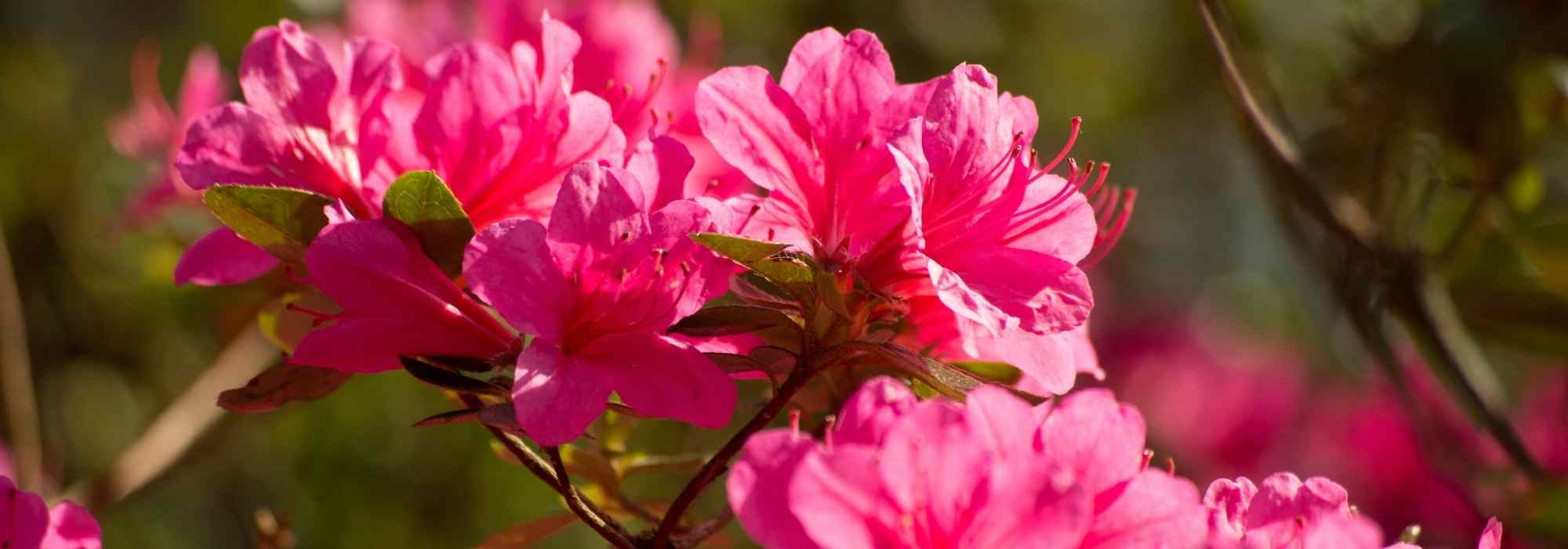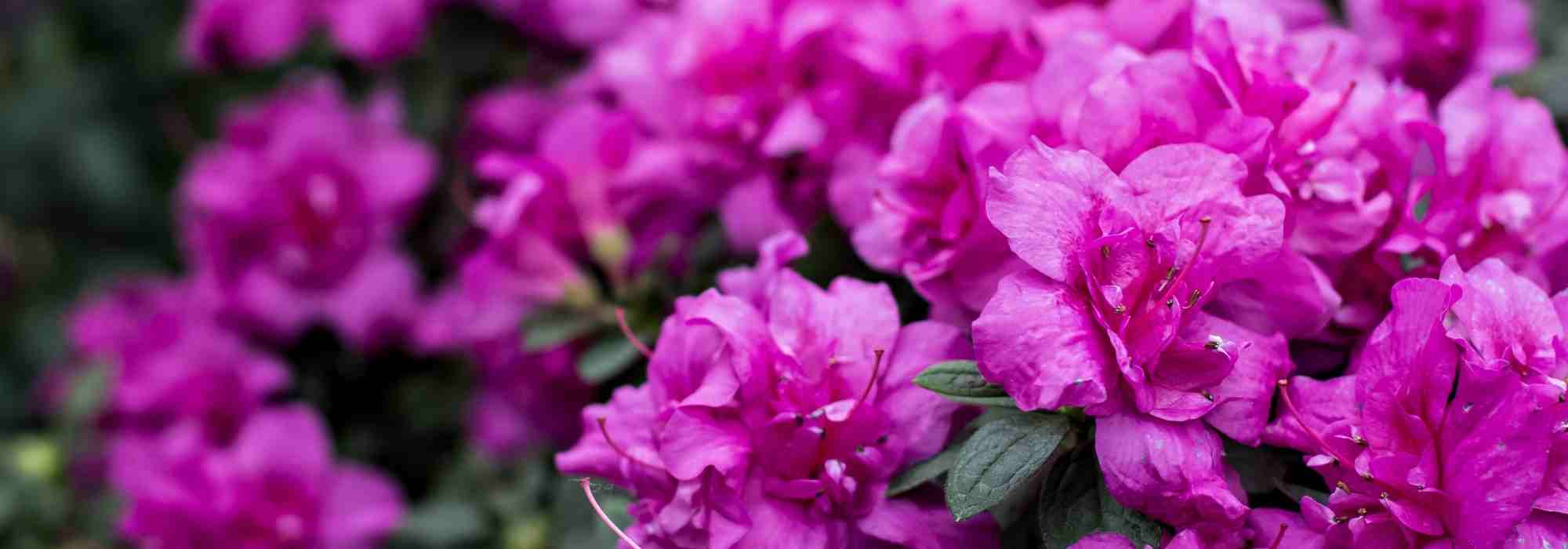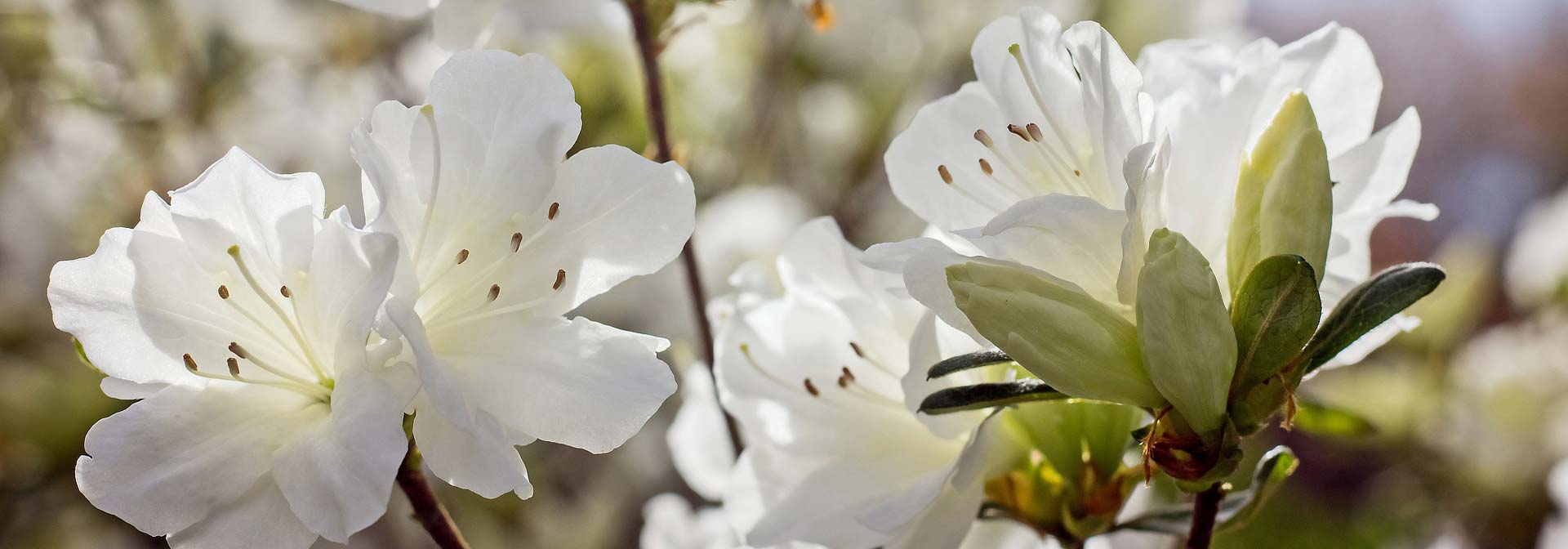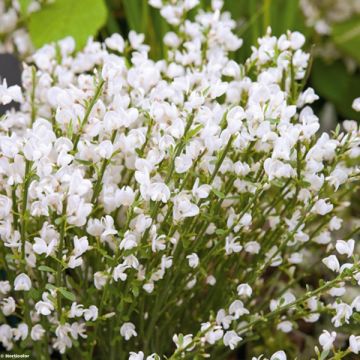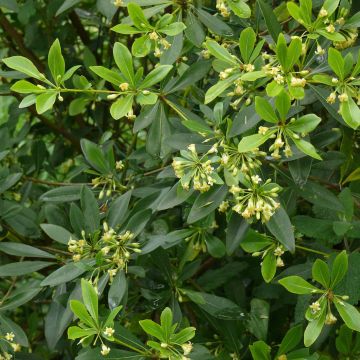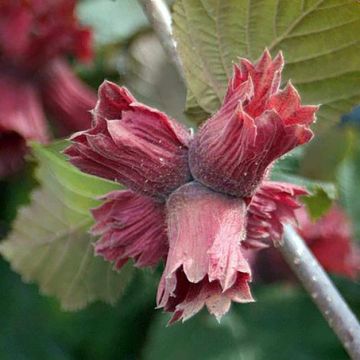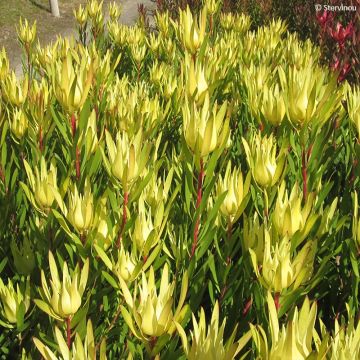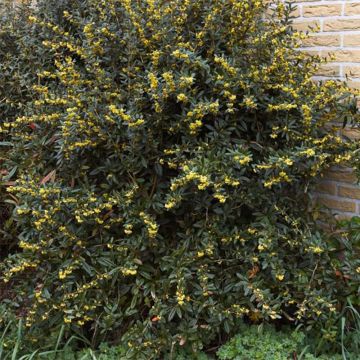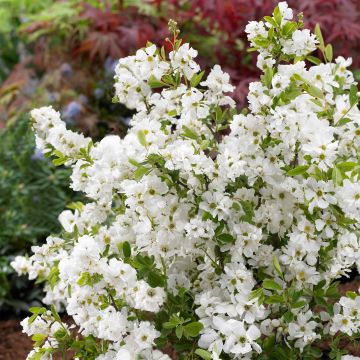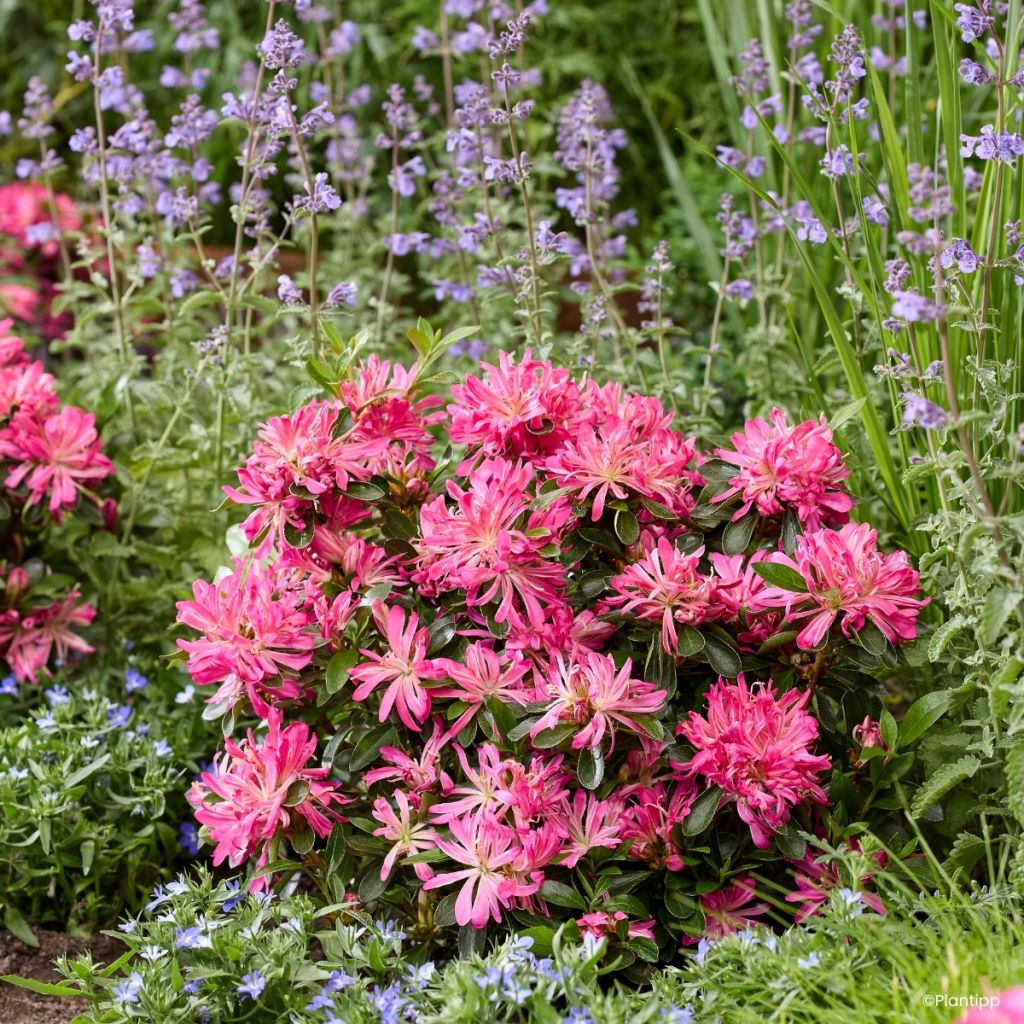

Rhododendron molle subsp. japonicum Pink Star - Japanese azalea
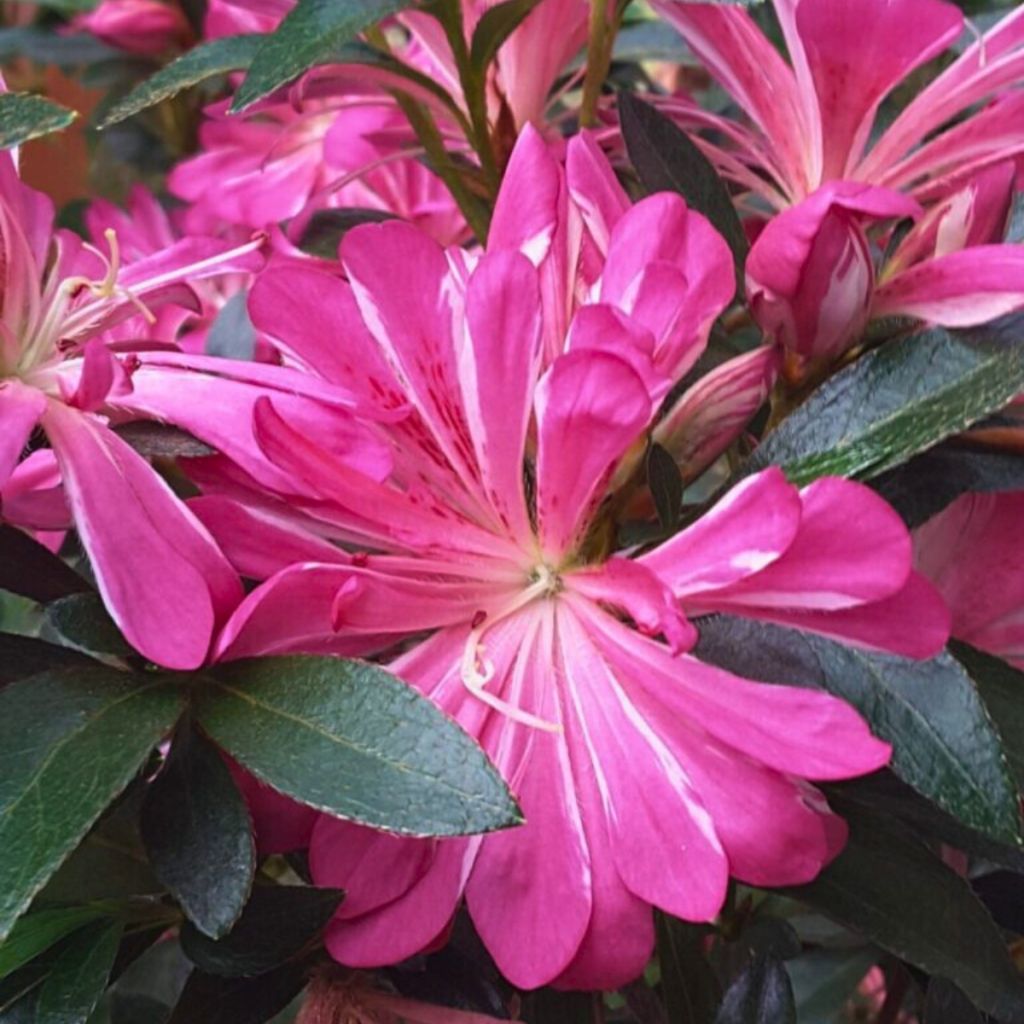

Rhododendron molle subsp. japonicum Pink Star - Japanese azalea
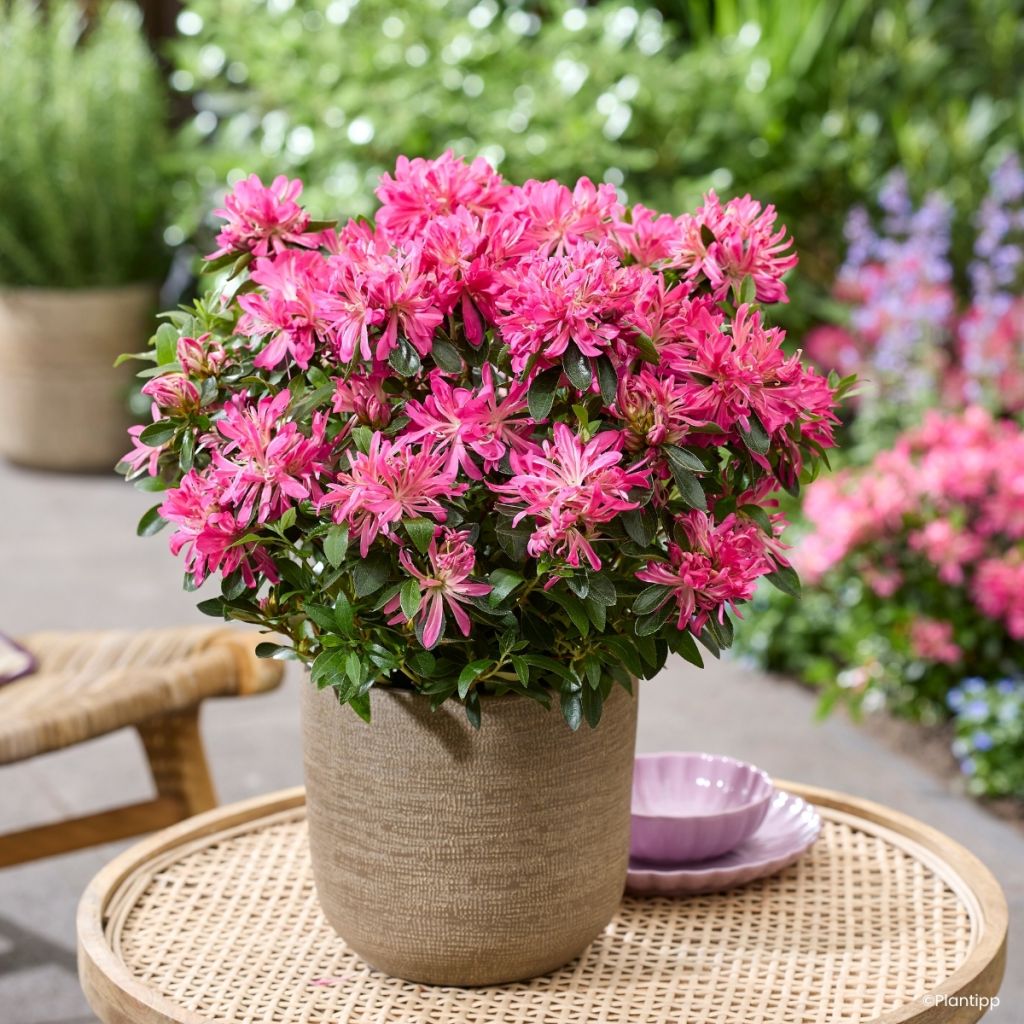

Rhododendron molle subsp. japonicum Pink Star - Japanese azalea
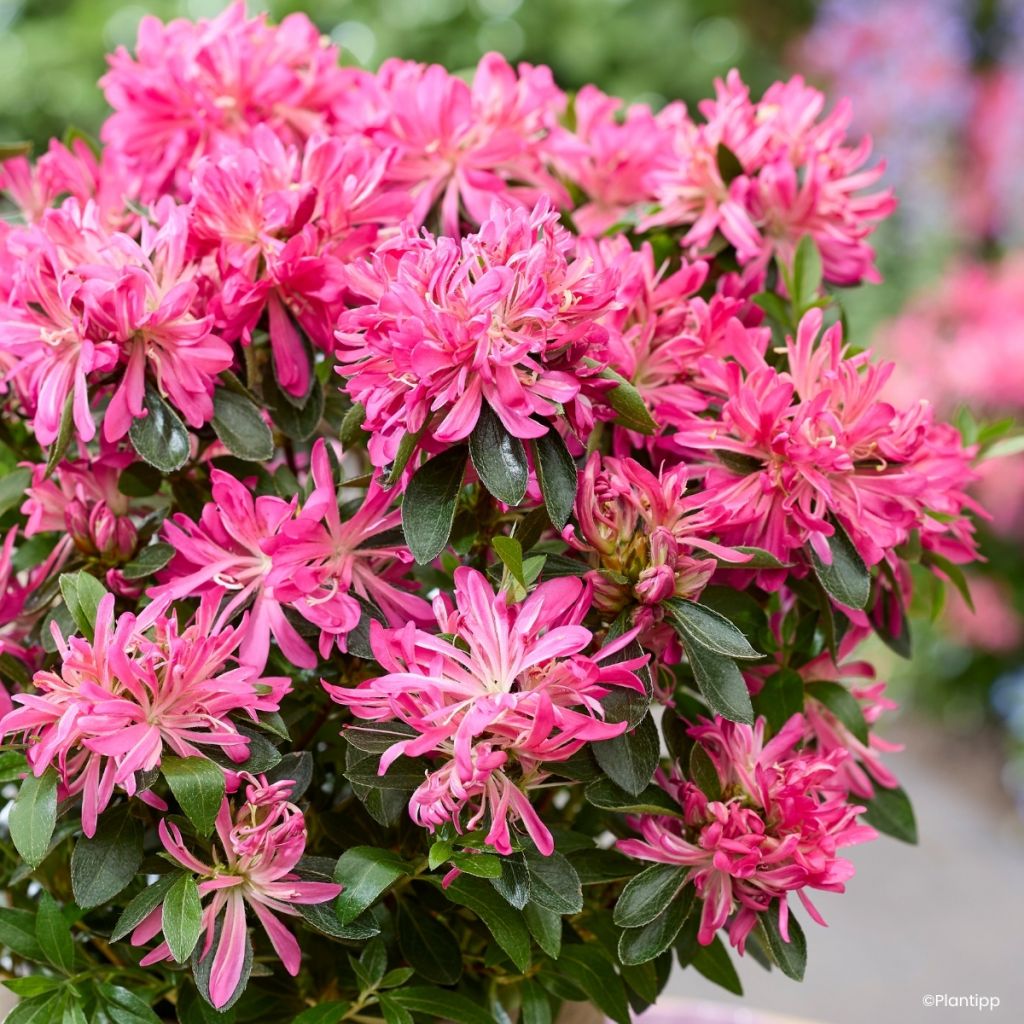

Rhododendron molle subsp. japonicum Pink Star - Japanese azalea


Rhododendron molle subsp. japonicum Pink Star - Japanese azalea
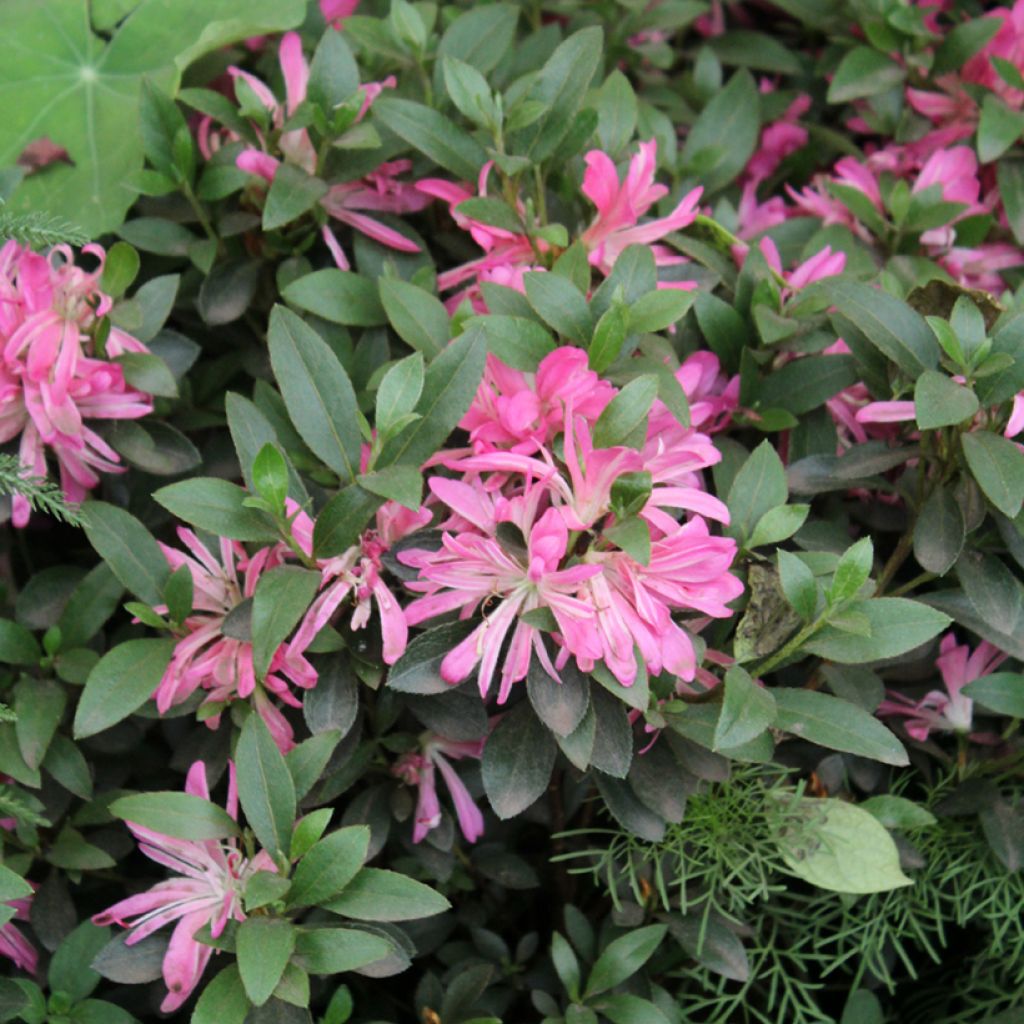

Rhododendron molle subsp. japonicum Pink Star - Japanese azalea
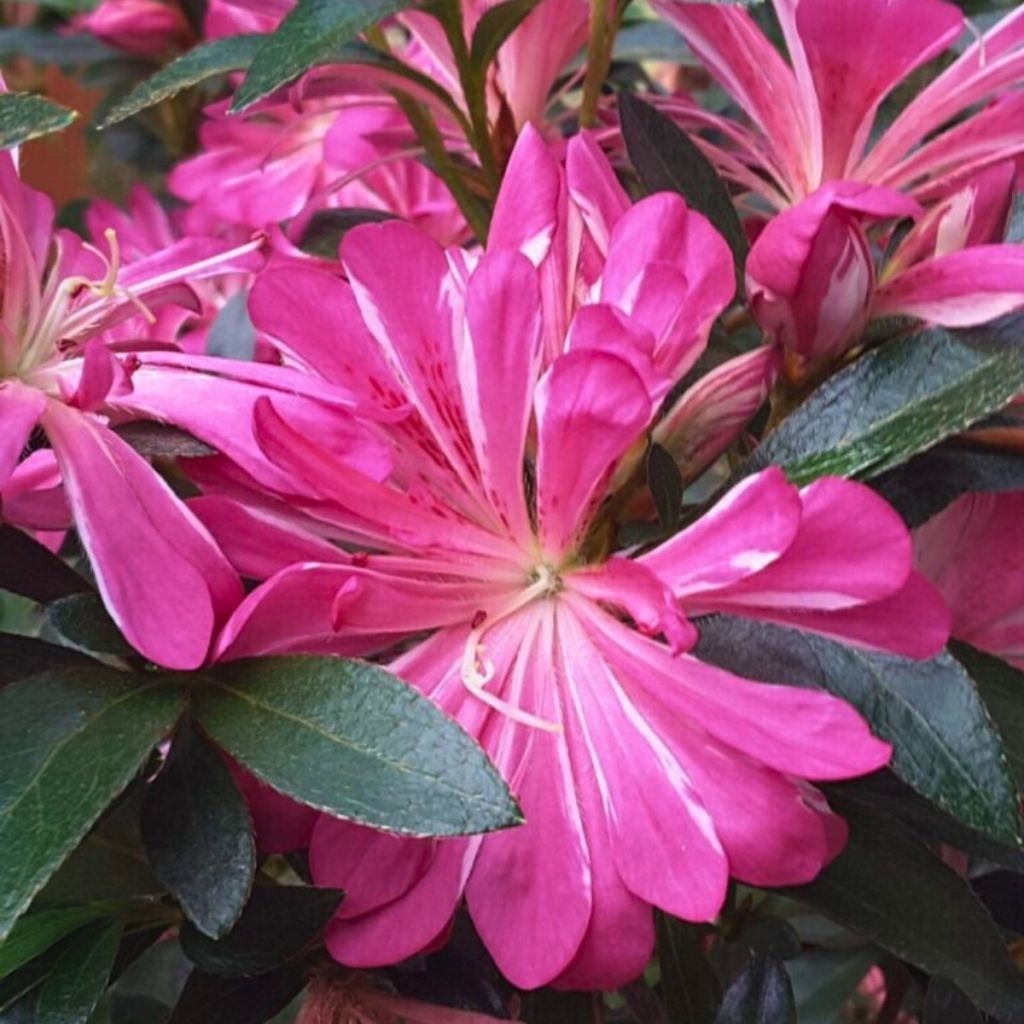

Rhododendron molle subsp. japonicum Pink Star - Japanese azalea
Rhododendron molle subsp. japonicum Pink Star - Japanese azalea
Rhododendron molle subsp. japonicum 'Mapo 2' Pink Star
Japanese Azalea
Special offer!
Receive a €20 voucher for any order over €90 (excluding delivery costs, credit notes, and plastic-free options)!
1- Add your favorite plants to your cart.
2- Once you have reached €90, confirm your order (you can even choose the delivery date!).
3- As soon as your order is shipped, you will receive an email containing your voucher code, valid for 3 months (90 days).
Your voucher is unique and can only be used once, for any order with a minimum value of €20, excluding delivery costs.
Can be combined with other current offers, non-divisible and non-refundable.
Home or relay delivery (depending on size and destination)
Schedule delivery date,
and select date in basket
This plant carries a 24 months recovery warranty
More information
We guarantee the quality of our plants for a full growing cycle, and will replace at our expense any plant that fails to recover under normal climatic and planting conditions.
Would this plant suit my garden?
Set up your Plantfit profile →
Description
The Japanese Azalea hybrid Pink Star has a surprising and charming, decidedly original flowering, quite different from traditional varieties. The flowers display a spider-like grace due to the abundance of narrow, elongated petals, giving them a ruffled pom-pom appearance. With their intense pink, subtly tending towards red, they stand out particularly well against the dark foliage. Its compact habit allows for sustainable growth in a container, while in the garden, it will integrate perfectly into a bed of ericaceous plants. With good hardiness, it will thrive in partially shaded situations, in a humus-bearing and moist, rather acidic soil.
Named Azaleas by horticulturists and nurserymen, these plants actually belong to the Rhododendron genus in botanical terms. They belong to the Ericaceae family, rich with about a hundred genera, many of which are ornamental, and some produce edible fruits (Blueberry Bush...). Besides the Ericas (Heathers) which gave the family its name, gardens host the superb Kalmias (Mountain Laurels) with their magnificent flowering or the small Pernettya mucronata with its highly decorative red fruits.
The Rhododendron genus (from the Greek rhodon-dendron or "rose tree") comprises several hundred species, even over a thousand, mostly hardy, except for some originating from tropical zones. This natural abundance is further enriched by the work of breeders who have created a multitude of hybrids. Rhododendron molle subsp. japonicum Pink Star ('Mapo 2'PBR) EU 61281, its full name, is a horticultural variety of Japanese Azalea obtained by sowing in an Italian nursery in Pistoia, one of the largest nursery areas in Europe (alongside Pinneberg in Germany). Launched on the market in 2024, this cultivar received the silver medal at the Plantarium Show in 2025, a renowned Dutch event in the plant sector.
Easily recognisable by its flowering, this variety presents classic foliage, consisting of elliptical, 5 to 6 cm long by 2 cm wide, dark green leaves. The foliage is deciduous, sometimes semi-evergreen in mild climates. The flowers appear in April at the tips of the branches and eventually cover a good part of the foliage. They are quite large, measuring 8 cm or more in diameter and composed of 20 to 30 petals, which is exceptional. Elongated and spatulate, the narrow petals at the base widen slightly in the upper third. They are flexible and readily curve, giving by their shape and number a ruffled appearance to the floral corolla. The heart of the flower is whitish, quickly turning then to a strong pink, slightly red at the tip. These vivid flowers contrast strongly with the dark foliage, which further magnifies their unusual beauty. They flower for about a month, ending in May. With moderate growth, this charming Rhododendron will reach approximately 0.80 to 1 m in all directions after 10 years of cultivation. Developing a shallow root system, it will need a moist soil while being well-drained, as it dislikes stagnant moisture. It prefers humus-bearing soils with an acidic tendency (pH 4.5 to 6) as well as partially shaded situations. Hardy down to -15°C, it will fare better in an oceanic climate than a Mediterranean one, because it doesn't like a dry atmosphere.
Japanese Azalea Pink Star will make a superb flowering pot if you grow it in a container, which will be obligatory if your ground is chalky. In suitable soil, you can plant it alongside ericaceous soil shrubs. To create a harmonious bed, create layers of vegetation which will highlight each plant while giving an interesting volume. At the base of your Rhododendron Pink Star, place some plants of Winter Heather Winter Belles Tylou, whose small pink bells will succeed one another between November and March. You can also draw from the range of Leucothoes to play with foliage colours. Then plant a taller subject in the background, like a Magnolia grandiflora which, in addition to providing protective shade, will reward you with its exceptional white summer flowering.
Rhododendron molle subsp. japonicum Pink Star - Japanese azalea in pictures


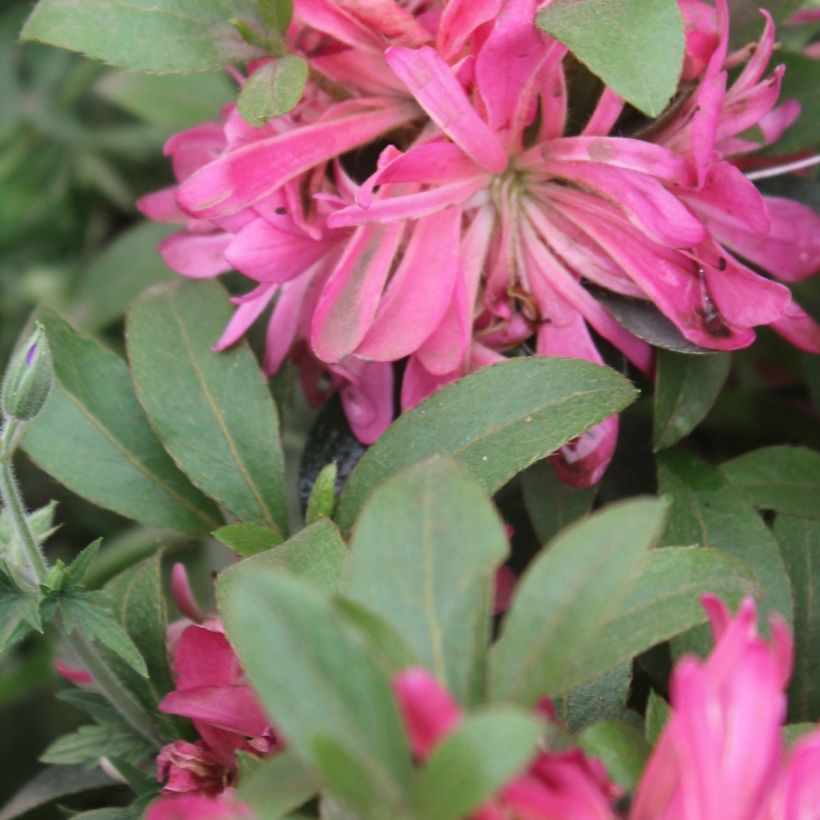

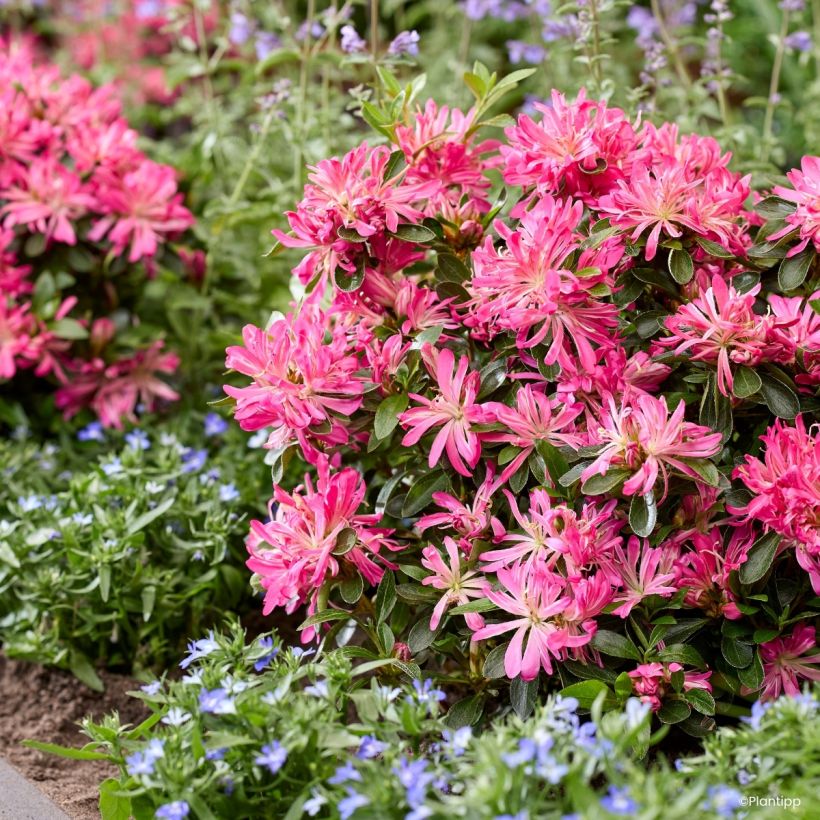

Plant habit
Flowering
Foliage
Botanical data
Rhododendron
molle subsp. japonicum
'Mapo 2' Pink Star
Ericaceae
Japanese Azalea
Rhododendron molle subsp. japonicum Pink Star ('Mapo 2'PBR) EU 61281
Cultivar or hybrid
Planting and care
Japanese Azalea Pink Star appreciates partial shade and cool conditions. Plant it in a well-drained, humus-bearing ericaceous soil that is non-calcareous. Soak the root ball in a bucket for a quarter of an hour before planting. Choose a location in partial shade, sheltered from the harsh afternoon sun. When planting, ensure not to bury the root ball too deeply; it should be level with the soil. Water generously during dry periods, at least once a week in the first year, using non-calcareous water. In spring, apply fertiliser for ericaceous plants. After the first flowering, carry out light pruning to maintain a neat plant, although pruning is not essential. Remove faded flowers to encourage the emergence of new shoots. The Azalea has few diseases when well-established outdoors. It may be attacked by vine weevils that eat the edges of leaves and rootlets, as well as by the notorious 'rhododendron leafhopper', which rarely causes significant damage. If the soil is calcareous or poorly drained, or if the plant is planted too deeply, the leaves may turn yellow and the plant will eventually perish.
Planting period
Intended location
Care
Planting & care advice
This item has not been reviewed yet - be the first to leave a review about it.
Similar products
Haven't found what you were looking for?
Hardiness is the lowest winter temperature a plant can endure without suffering serious damage or even dying. However, hardiness is affected by location (a sheltered area, such as a patio), protection (winter cover) and soil type (hardiness is improved by well-drained soil).

Photo Sharing Terms & Conditions
In order to encourage gardeners to interact and share their experiences, Promesse de fleurs offers various media enabling content to be uploaded onto its Site - in particular via the ‘Photo sharing’ module.
The User agrees to refrain from:
- Posting any content that is illegal, prejudicial, insulting, racist, inciteful to hatred, revisionist, contrary to public decency, that infringes on privacy or on the privacy rights of third parties, in particular the publicity rights of persons and goods, intellectual property rights, or the right to privacy.
- Submitting content on behalf of a third party;
- Impersonate the identity of a third party and/or publish any personal information about a third party;
In general, the User undertakes to refrain from any unethical behaviour.
All Content (in particular text, comments, files, images, photos, videos, creative works, etc.), which may be subject to property or intellectual property rights, image or other private rights, shall remain the property of the User, subject to the limited rights granted by the terms of the licence granted by Promesse de fleurs as stated below. Users are at liberty to publish or not to publish such Content on the Site, notably via the ‘Photo Sharing’ facility, and accept that this Content shall be made public and freely accessible, notably on the Internet.
Users further acknowledge, undertake to have ,and guarantee that they hold all necessary rights and permissions to publish such material on the Site, in particular with regard to the legislation in force pertaining to any privacy, property, intellectual property, image, or contractual rights, or rights of any other nature. By publishing such Content on the Site, Users acknowledge accepting full liability as publishers of the Content within the meaning of the law, and grant Promesse de fleurs, free of charge, an inclusive, worldwide licence for the said Content for the entire duration of its publication, including all reproduction, representation, up/downloading, displaying, performing, transmission, and storage rights.
Users also grant permission for their name to be linked to the Content and accept that this link may not always be made available.
By engaging in posting material, Users consent to their Content becoming automatically accessible on the Internet, in particular on other sites and/or blogs and/or web pages of the Promesse de fleurs site, including in particular social pages and the Promesse de fleurs catalogue.
Users may secure the removal of entrusted content free of charge by issuing a simple request via our contact form.
The flowering period indicated on our website applies to countries and regions located in USDA zone 8 (France, the United Kingdom, Ireland, the Netherlands, etc.)
It will vary according to where you live:
- In zones 9 to 10 (Italy, Spain, Greece, etc.), flowering will occur about 2 to 4 weeks earlier.
- In zones 6 to 7 (Germany, Poland, Slovenia, and lower mountainous regions), flowering will be delayed by 2 to 3 weeks.
- In zone 5 (Central Europe, Scandinavia), blooming will be delayed by 3 to 5 weeks.
In temperate climates, pruning of spring-flowering shrubs (forsythia, spireas, etc.) should be done just after flowering.
Pruning of summer-flowering shrubs (Indian Lilac, Perovskia, etc.) can be done in winter or spring.
In cold regions as well as with frost-sensitive plants, avoid pruning too early when severe frosts may still occur.
The planting period indicated on our website applies to countries and regions located in USDA zone 8 (France, United Kingdom, Ireland, Netherlands).
It will vary according to where you live:
- In Mediterranean zones (Marseille, Madrid, Milan, etc.), autumn and winter are the best planting periods.
- In continental zones (Strasbourg, Munich, Vienna, etc.), delay planting by 2 to 3 weeks in spring and bring it forward by 2 to 4 weeks in autumn.
- In mountainous regions (the Alps, Pyrenees, Carpathians, etc.), it is best to plant in late spring (May-June) or late summer (August-September).
The harvesting period indicated on our website applies to countries and regions in USDA zone 8 (France, England, Ireland, the Netherlands).
In colder areas (Scandinavia, Poland, Austria...) fruit and vegetable harvests are likely to be delayed by 3-4 weeks.
In warmer areas (Italy, Spain, Greece, etc.), harvesting will probably take place earlier, depending on weather conditions.
The sowing periods indicated on our website apply to countries and regions within USDA Zone 8 (France, UK, Ireland, Netherlands).
In colder areas (Scandinavia, Poland, Austria...), delay any outdoor sowing by 3-4 weeks, or sow under glass.
In warmer climes (Italy, Spain, Greece, etc.), bring outdoor sowing forward by a few weeks.


































